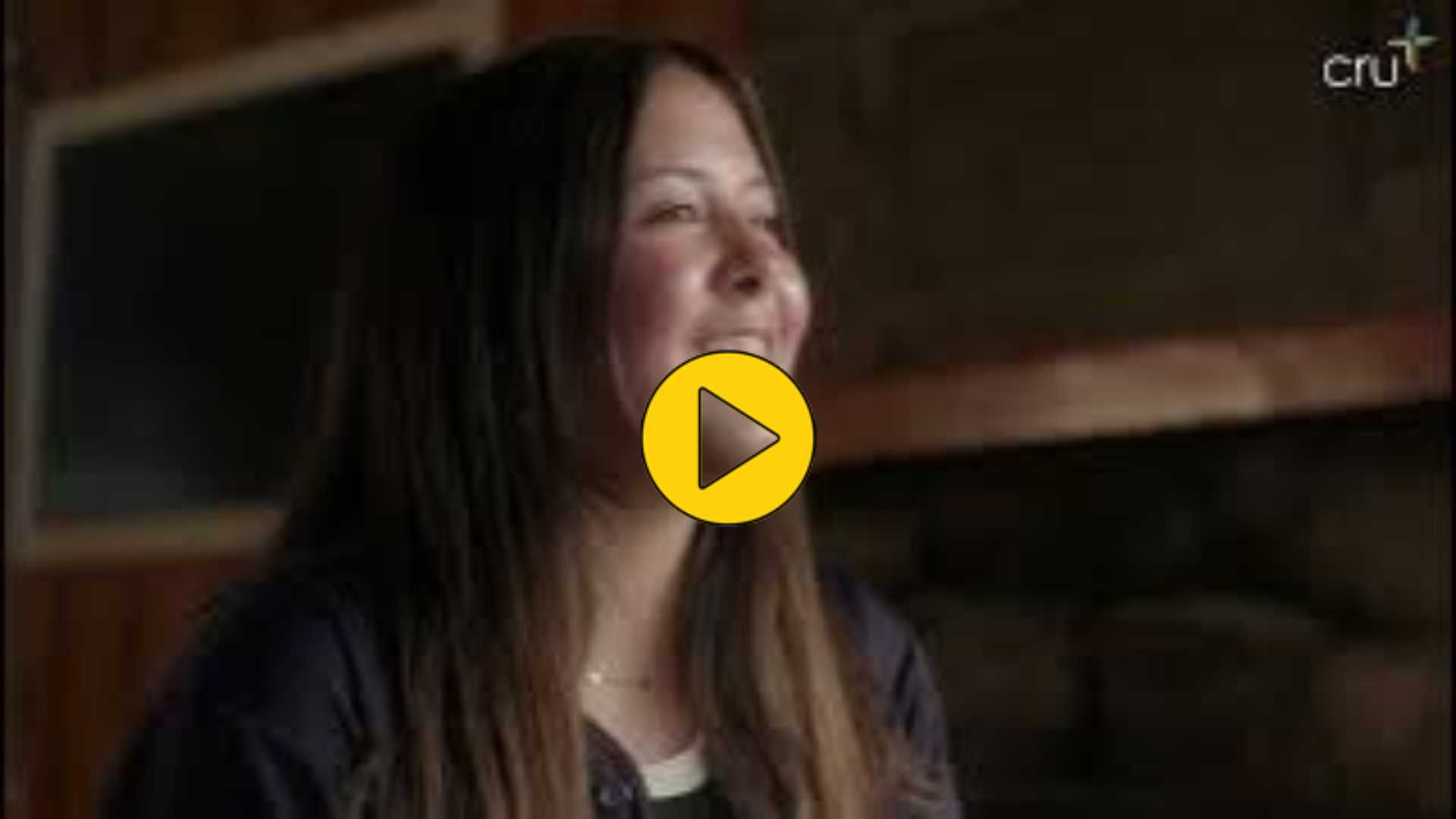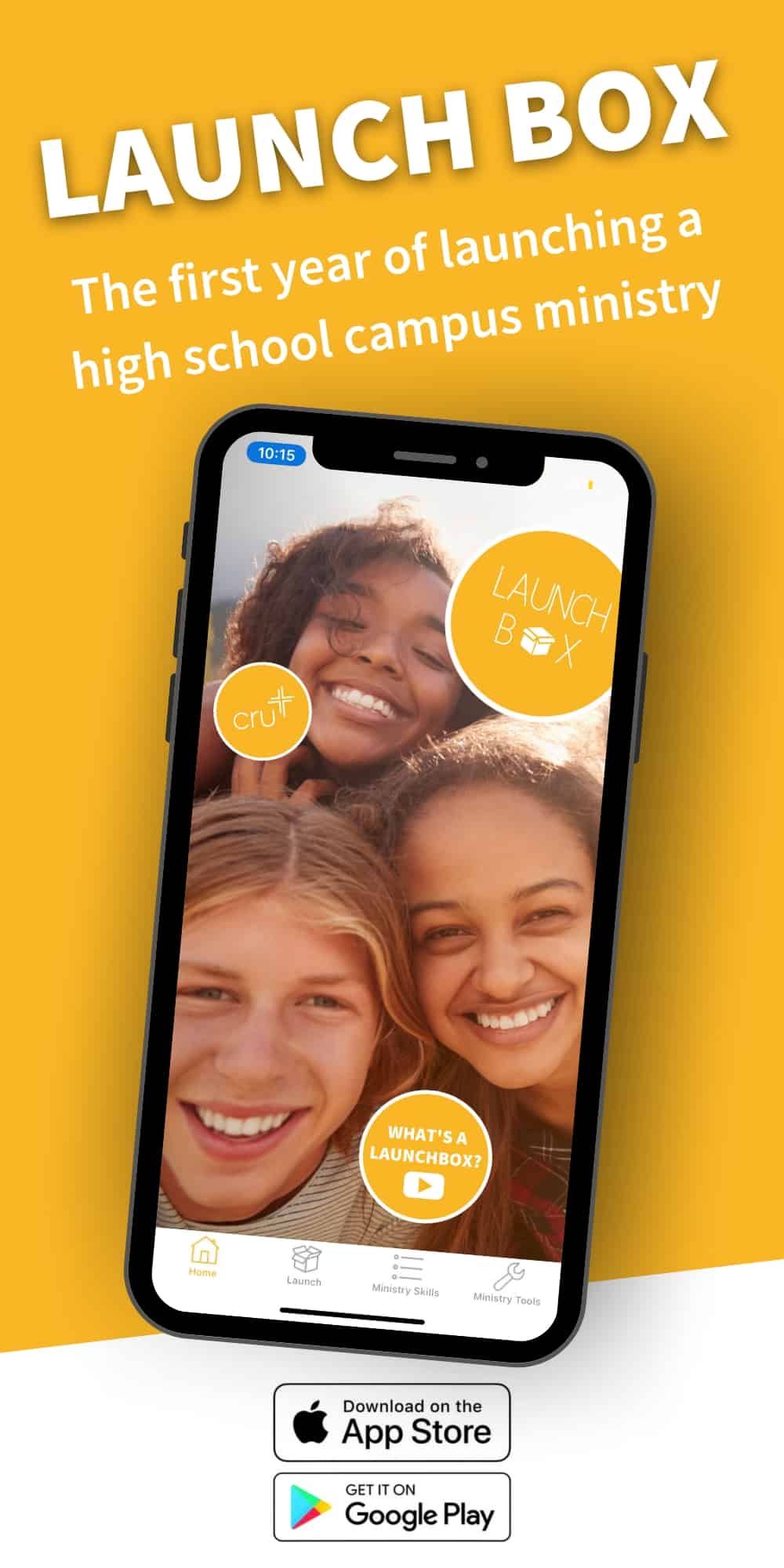Why Start a Small Group?
Think about the best small group of which you have been a part. What was so great about it? What was it about that group that helped you grow?
Small groups can be a great incubator for a student’s growth. Students’ lives are often transformed as they study God’s word and do life with friends who are also striving to grow closer to God. A small group can be a lifeline to a student who feels disconnected or who is not thriving in his faith. Starting a small group where your students can thrive in a supportive environment and know they are loved and respected is well worth the effort.
As a leader, you get to invest in the next generation and see lives transformed. Your relationship with each student is critical. They will glean much from watching how you integrate Christ’s life into your daily life. They will notice how you win people to Christ, build them in their faith, and send them out to do the same. Discipleship is helping students discover for themselves the same truths you have come to trust.
Small groups are amazing. Where else can your students pray, study the Bible, catch a vision for reaching the campus and the world with a group of friends?
3 Steps to Starting a Small Group
1. Pray
The foundation is always prayer. Here are just a few things to keep in prayer.
- Pray about whom to invite.
You want students who show an eagerness to learn. Pray about which students would be best to bring together. Pray about the content of your study, the meeting time, and the location. - Pray for a heart change.
We do not simply want a behavior change, we want God to do something much deeper. Pray for genuine life change to occur in each student’s life.
The purpose of your small group is to build student leaders and multiplying disciples. Movements happen when students influence and reach other students.
As you start your small group, you will want to build it on the following five distinctives:
- God’s Word
- Christ as the Center of our lives
- The Holy Spirit leading and empowering us
- Authentic relationships and community
- Prayer for each other
This will help your students see that following Jesus in the context of relationships brings a life of encouragement and growth.
Some goals for small groups are for students to study God’s word, seek Christ, trust the Spirit, and build relationships with each other in a safe and loving atmosphere. As this happens, you may begin to see some of your students deepening their walk with Christ, experiencing progressive life change, forming a caring community together, and having an outward impact.
2. Prepare
Before you gather students, spend some time thinking about what you want the group to look like. Here are five questions to answer before your first small group…
- How many people?
Think through how many should be in a group. You want every student to participate and engage in dialogue. We found 3 to 10 students is a sweet spot that helps facilitate participation. - How long?
Decide how long the group should meet. Four to six weeks is a good length for a focused study. Consider meeting for at least one hour, but not more than two each week. be committed to ending on time as this is especially important for parents. - Where will we meet?
Think through where to meet. Your job as a leader is to cultivate a safe, positive environment where relationships will grow between you, the group members, and God. If there is a place where students in the group gather naturally, that could be an excellent place to meet. A designated room away from a lot of activity is best. Your home might be a possibility if that is convenient or conducive. Of course, light refreshments are always welcome. - How will I start?
Be sure to prepare a good icebreaker for the first meeting, as the focus is primarily on building relationships. Students want to feel welcome, meaningful, and comfortable with you and with one another. - What will we study?
Regarding content, you can find some great small group studies at www.thrivestudies.com. The selection of content matters because what you teach is what they will teach.
Keep in mind that the students in your small group might be the next leaders in your movement. Build into them like you would want your leaders to be built into. You want to pray, study the Bible, give vision for reaching the campus and the world, and learn how to do that together.
3. Invite
As you meet with students, get to know what is important to them. You may want to ask them about their spiritual background if you do not know. Let them know a little about what to expect from the small group time. Ask about their schedules and exchange phone numbers if you haven’t already. The night before your small group begins, remember to send out a text reminding students where and what time to meet.
As you take a step of faith to start a small group, the article on Leading a Small Group is a great resource to help you have a learner-focused group and facilitate an interactive group where students discover truths for themselves.





